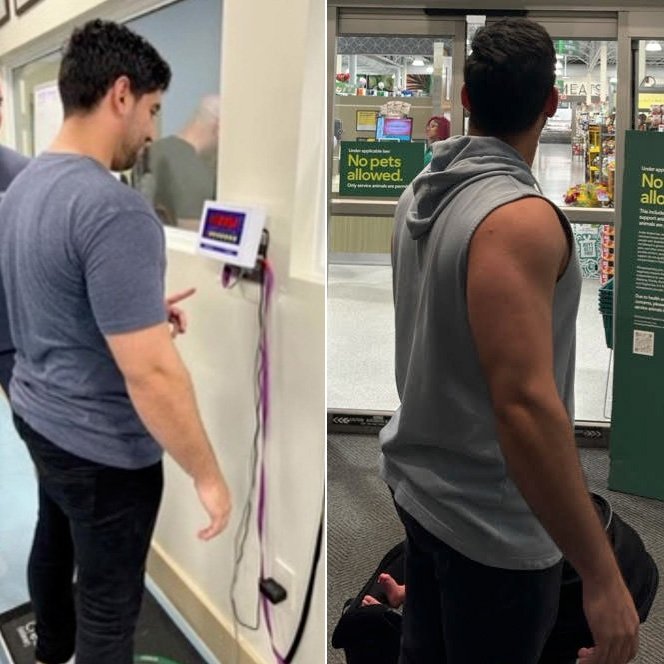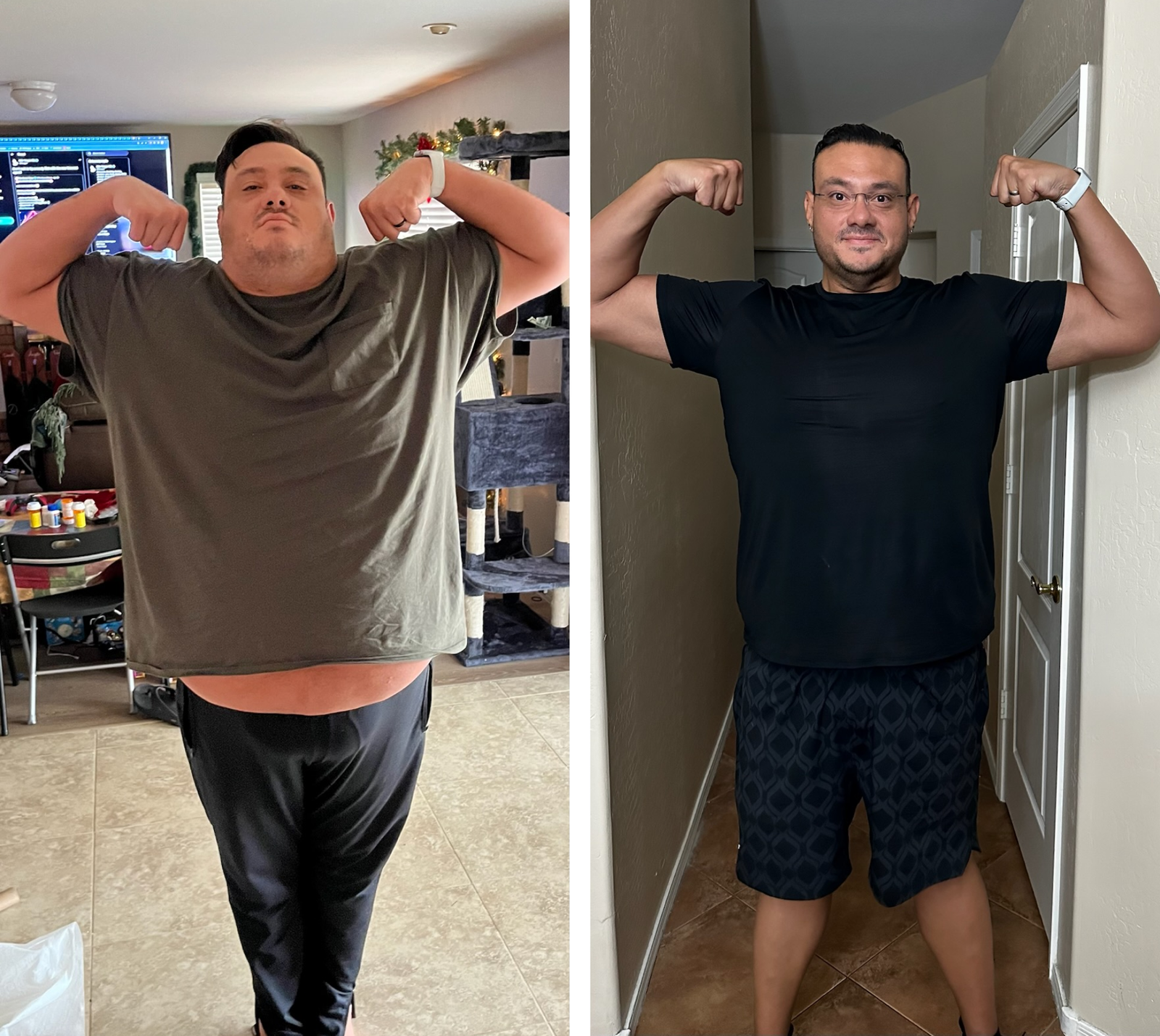Key Takeaways
- Testosterone replacement therapy (TRT) is a medical treatment that utilizes doses of testosterone to increase testosterone levels in men with low testosterone. However, TRT doses may vary depending on each case and are usually primarily based on the patient’s needs and their response to treatment.
- Taking TRT doses twice weekly vs. a once-a-week regimen can help Low T patients avoid any fluctuations in their testosterone levels and decrease the risk of experiencing negative side effects.
- Read on to learn more about the guidelines for splitting a testosterone dose and how to determine when taking a TRT dose twice a week is necessary.
What Is the Typical TRT Dose?
Generally, when patients with Low T start testosterone replacement therapy for men, they assume that every male receives one specific dosage for most of their treatment. However, that is usually not the case. Because each patient’s physiology is unique and every adult may have different reasons for needing testosterone replacement therapy, there isn’t a set dosage that healthcare providers adhere to when prescribing TRT. So, to effectively treat hypogonadism or low testosterone, physicians will typically prescribe androgen medication for TRT based on the age, diagnosis, and needs of each patient. In most cases, the dosage for your testosterone replacement therapy will also depend on the type of testosterone and the application method your physician prescribes. Since TRT is most effective and largely administered through injections containing testosterone cypionate, we’ll primarily focus our attention on TC injections for this article.

For example, if your physician prescribes testosterone cypionate, the dosage may possibly range from 50-400 mg. Usually, physicians prescribe the lowest dose–which, in this case, would be 50 mg–at the start of therapy so that your body has time to adjust to the presence of the new medication. Depending on your physiology and body structure, some physicians may start patients with a slightly higher dose–75 mg–at the beginning of treatment. After the body has had time to acclimate to the medication regimen during the first few weeks of therapy, physicians may gradually increase the dosage based on your current testosterone levels and your overall response to the treatment and its side effects.
Typically, once they’re confident your body has grown used to the medical regimen, many physicians may prescribe anywhere between 100-200 mg for each injection and continue with that dosage for the remaining duration of treatment. Depending on the rest of your progress, your doctor may increase your dosage further if they believe you will benefit more from a higher dose. However, that is usually rare, as many physicians would prefer to avoid prescribing high 300mg doses or anything over the maximum limit of 400 mg.
Splitting Testosterone Dose
If you’ve been learning about low testosterone treatments for a while, you may have heard of patients receiving a dose once a week during TRT. But it is important to note that this isn’t necessarily a standard for Low T treatment. Primarily, once-a-week injections are administered based on the doctor’s recommendations or the patient’s preferences, as some men would prefer receiving their weekly dosage at one time instead of visiting a physician multiple times a week for smaller doses. In most cases, physicians will generally recommend splitting your weekly dosages into two injections so that you avoid experiencing any side effects from taking a large amount of testosterone all at once.
Aside from preventing possible side effects, there is another reason why it’s usually better to split weekly dosages during treatment. For example, if you’re prescribed a 100 mg dose and choose to take it all at one time, your testosterone levels will peak during the first three or four days after the injection and eventually taper off, leaving you with lower testosterone levels until your next injection. However, if you take 50 mg at the start of the week and administer another 50 mg dose near the end of the week, you can use the second dose to elevate your testosterone levels before they start to decline. Doing so will allow you to maintain a steady baseline where your testosterone levels aren’t abnormally high or too low.
Dropping Dose & Splitting It
As you undergo TRT, there may be some instances when the continuous injections of additional androgens into the bloodstream may result in excessively elevated testosterone levels. In these cases, your physician may recommend adjusting your dosage to bring your testosterone levels back to a more acceptable range. Your physician will also regularly monitor your levels by administering blood tests, and based on the results, they will determine whether to keep the dosage level the same or gradually increase it again.
In addition to lowering the dosage, your physician may also recommend splitting the lower dose into two separate administrations to maintain a steady baseline throughout the week and avoid constantly fluctuating testosterone levels. This approach will allow your body to gradually adjust to the new dosage, reducing the likelihood of any sudden adverse side effects during the transition.
Feeling Run-Down?
Take the Low-T Quiz Today
Our men’s clinic can restore your physiology, change your body composition and optimize your health to slow down aging and prevent health complications caused by low testosterone.
Take back your life and become a better you today!
How Is the Treatment Protocol Drawn Up for Taking Testosterone?
There are several factors and variables that a physician needs to consider before drawing up a testosterone treatment protocol for a patient. However, since any decision will ultimately affect how a patient feels during treatment, it is also crucial for the patient to actively participate in this process to help the doctor determine the best medication, dosage, and treatment schedule.
Once again, let’s use intramuscular testosterone injections as an example; only this time, let’s add another component. There are two kinds of androgen medication that are typically used for intramuscular injections–testosterone cypionate and testosterone enanthate. For both versions of testosterone, physicians will normally start patients on a low dose (50-75 mg), although that may differ depending on the patient’s initial response to the medication and their specific needs.
But let’s just say that a physician prescribes 100 mg of testosterone enanthate as an example. According to the Endocrine Society Clinical Practice Guidelines for testosterone replacement therapy, serum testosterone levels should be measured at least one week after receiving a dose with the aim of having your testosterone levels reach a therapeutic range of 400 to 700 ng/dl. The guidelines also call for regular monitoring at the end of each week to ensure that testosterone levels remain in the therapeutic range.
Since the goal of TRT is to keep patients’ testosterone levels within a healthy range, most physicians will likely prescribe 100–200 mg doses to ensure your T levels remain somewhere between 400-700 mg on a weekly basis. However, if your physician doesn’t observe any improvement with the 100 or 200 mg doses, they may increase your dosage to 300 or 400 mg, which, as we’ve covered, is extremely rare. Typically, with a high testosterone dose, your physician will likely recommend splitting the amount into two separate doses and will diligently monitor your levels weekly to watch for any abnormal side effects or changes to your health. If this dosing schedule works, your physician may continue prescribing the exact dosage for the remainder of your treatment. Conversely, if you begin to feel worse after your new dosage, your physician will lower your dose until they can find a quantity that can work for you.
Should I Split My Testosterone Dose?
That really depends on your body’s response to the starting dosage your doctor prescribes and the subsequent results that you achieve from that dose. Of course, as we’ve discussed, splitting a weekly testosterone dose can significantly decrease the severity of any side effects you may experience and help you maintain steady testosterone levels every week, which may be more beneficial to your treatment progress. However, some patients may not experience any complications from taking their prescribed dose all at once and can achieve the same results as those that need to split their doses. In either case, your physician will be the best person to decide if splitting your dosages will work better for you before or during treatment.
Regardless of your preferences for testosterone replacement therapy, your physician is ultimately your sole caretaker and guide as you progress through treatment. So in order to get the best possible results and premium healthcare for your low testosterone, you need a specialist who is well-trained in hormone replacement therapy and can efficiently monitor your testosterone levels and accurately determine the appropriate dosage to help you receive the best results with the least chance of experiencing severe side effects.
At Renew Vitality, all of our specialists have decades of experience in testosterone replacement therapy and can create a treatment plan that effectively works with your body to help restore and maintain your testosterone levels. With our safe medicated treatments, healthy wellness plans, and attentive, personalized care, we can efficiently guide you through every step of your journey to overcome the symptoms of low testosterone and help you significantly improve your overall health. So, if you need knowledgeable recommendations, helpful solutions, and invested healthcare for your low testosterone, contact Renew Vitality at 1-866-995-2371 and schedule a consultation at any of our hormone
Need help?
Get the advice of a qualified specialist today
























